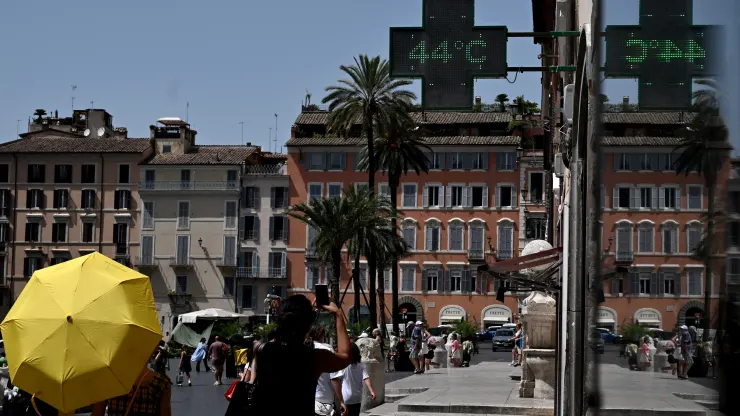Khushi Vats, Pune
Wildfires grip southern Europe as the heatwave reaches its peak. Currently, the fires have reached mainland Greece. The situation has worsened in the Dervenochoria region of Greece, where the billowing smoke can be seen on satellite imagery.
The European Union has come to Greece’s rescue by sending firefighting planes to the region. Meanwhile, The Italian island of Sardinia is expected to see a rise in its mean temperature up to 46°C. The weather department has issued warnings of extreme heat waves engulfing the region of Italy, for 10 days consecutively. Another country under the wrath of heatwave is Spain with temperatures reaching up to 44°C in the southern region of the country.
Hospitals in Italy have activated ‘heat codes’ in emergency rooms. It’s a system similar to what they practiced during the pandemic. They have designated a special tranche of medical staff and a process to deal with patients who are dealing with symptoms of heat stroke, dehydration, or any other things caused due to the heat wave.
“We are seeing an unprecedented increase in admissions of patients with tachycardia [abnormally fast resting heart rate], headache, dehydration, and confusion,” said the director of emergency medicine at a local hospital in Palermo, Dr Tiziana Maniscalchi.
“The priority over everything is to rehydrate them quickly”, she added.
This is the second extreme heat wave on the continent this month. “The bubble of hot air has inflated over southern Europe and has turned Italy and countries around into a pizza oven”, said climate scientist, Hannah Cloke. She is currently a professor at the University of Reading.
“The hot air which was pushed in from Africa is now put, with settled high-pressure conditions. This means that heat in warm sea, air, and land will continue to build,” she added.
World Health Organization and World Meteorological Department highlighted the urge to give more attention to the “climate crisis”.
